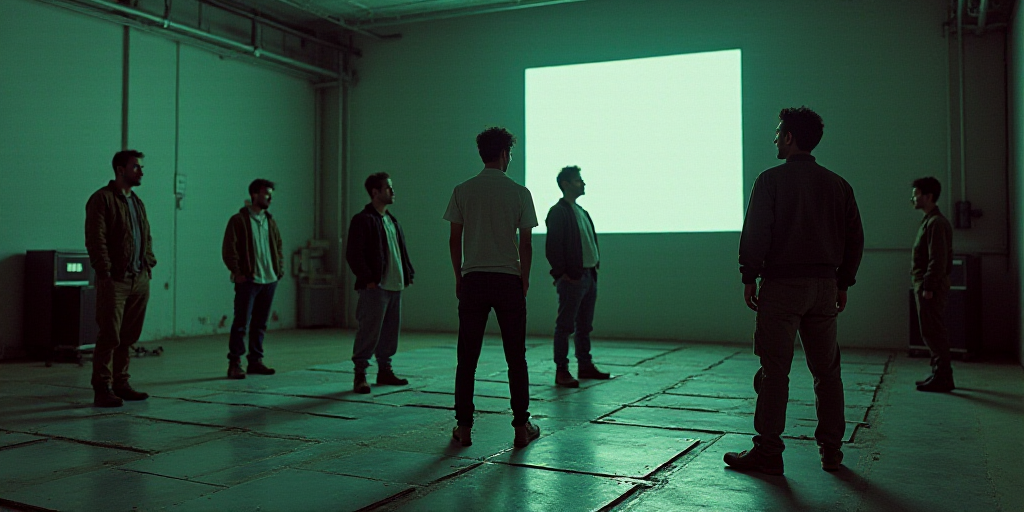Background on Key Figures and Context
The United States Immigration and Customs Enforcement (ICE) is rapidly constructing migrant camps across the country following a $45 billion funding injection, aiming to expand detention capacity from 40,000 to 100,000 beds by year’s end, according to a Wall Street Journal report on Saturday.
Key States and Political Affiliations
The agency is prioritizing large-scale tent facilities on military bases and ICE prisons, including a 5,000-bed site at Fort Bliss in Texas and others in Colorado, Indiana, and New Jersey, as per the report citing documents reviewed by WSJ.
High-ranking National Security officials, including Secretary of Homeland Security Kristi Noem, have expressed a preference for state- and locally-managed detention centers over private prison companies, according to the report.
Current Developments and Collaborations
Secretary Noem revealed last week that she was in talks with five Republican-led states to build additional detention centers modeled after Florida’s “Alligator Alcatraz.”
“We have had other states using Alligator Alcatraz as a model to partner with us,” Noem stated during a press conference in Florida, without naming any of the states.
Key Questions and Answers
- Who is Kristi Noem and what is her role? Kristi Noem is the Secretary of Homeland Security, who has been actively involved in discussions regarding the construction of migrant detention centers.
- What is “Alligator Alcatraz”? “Alligator Alcatraz” refers to a detention center in Florida that has served as a model for other states seeking to establish similar facilities.
- Which states are involved in these discussions? Secretary Noem mentioned that she is in talks with five Republican-led states, though their identities have not been disclosed.
- What is the goal of these new detention centers? The primary objective is to increase ICE’s detention capacity from 40,000 to 100,000 beds by the end of the year.
- What types of facilities are being prioritized? ICE is focusing on large-scale tent facilities situated on military bases and within existing ICE prisons.
Impact and Contextual Information
The rapid expansion of migrant detention centers reflects the current administration’s emphasis on border control and immigration enforcement. With a significant budget allocation, ICE aims to accommodate the growing number of migrants and asylum seekers apprehended at the US-Mexico border. The collaboration with Republican-led states signifies a political alignment in addressing immigration issues.
Critics argue that the increased detention capacity may lead to inhumane conditions and violate migrants’ rights. Meanwhile, supporters claim that these measures are necessary to maintain order and ensure due process in the immigration system.
As discussions continue between ICE and participating states, the construction of these facilities will likely face scrutiny from advocacy groups and legal challenges. The long-term implications of this expansion remain to be seen, as the US grapples with its immigration policies and border security.






